A number of recent flights saw aircraft have lavatory problems, which caused their crews to divert and in one case, have more serious issues.
We often see flights divert due to problems with avionics or other systems affecting the aircraft’s controllability, or because of an incapacitation of a passenger or crew member. But occasionally, other, more… peripheral but equally serious matters can cause diversions. Problems with an aircraft lavatory would fall under this category.
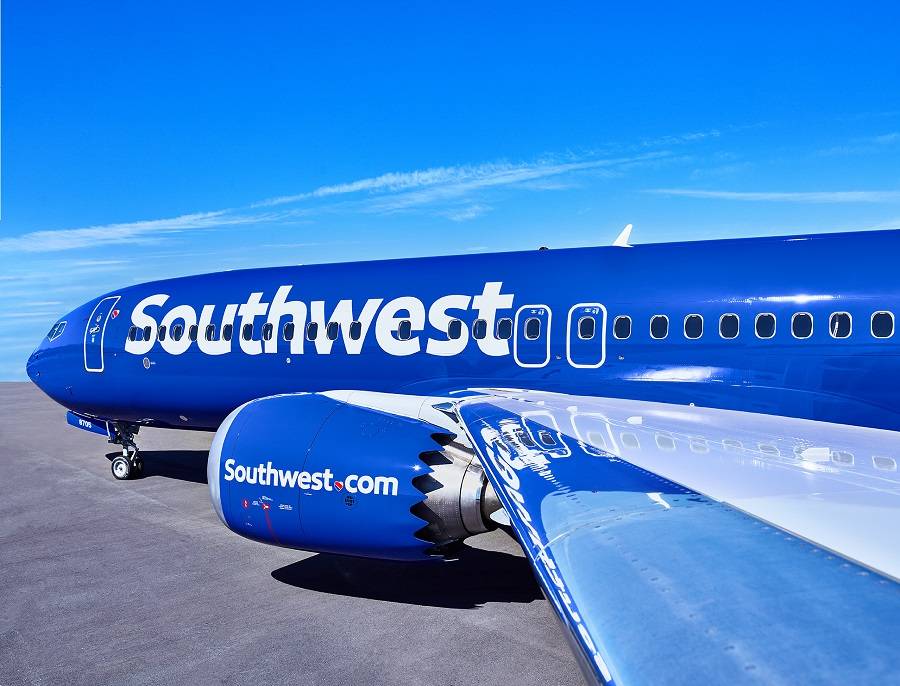
The most recent such incident involves Southwest flight WN-1923, on the 22nd of April this year. This domestic service originated in Oakland International (KOAK), heading for Chicago Midway International (KMDW). It departed from Oakland’s runway 30, climbing to FL370 for its cruise towards Chicago.
But about 50 minutes into the flight, the flight crew decided to divert the aircraft to Las Vegas (KLAS), because neither lavatory worked. We don’t know how many passengers and crew were on board this flight. This was a Boeing 737-8, with seats for 175 passengers and registration N8837Q. Southwest only took delivery of this jet on the 16th of January this year.
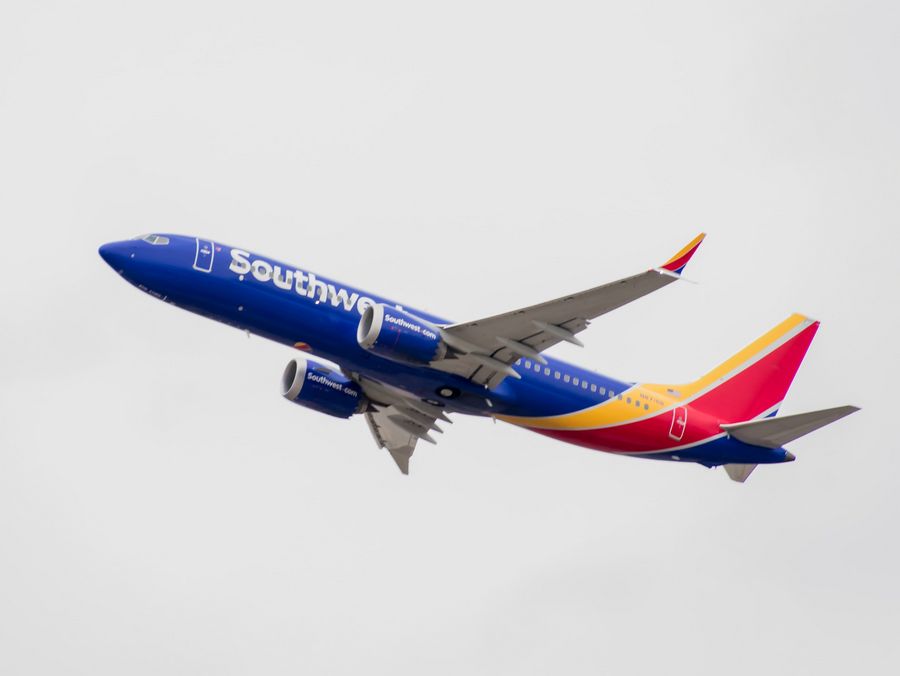
After their lavatory problem, the crew landed uneventfully on runway 26L in Las Vegas. But after some technical assistance there, the same aircraft flew on to Chicago. Everyone arrived there with a two-and-a-half-hour delay.
Second Aircraft Lavatory Incident
Five days earlier, the crew of another aircraft had lavatory issues, just as they were about to cross the Atlantic. This was Austrian Airlines flight OS-89, from Vienna International (LOWW) in Austria, to Newark Liberty International (KEWR) in the United States. It was nearly one hour late, when it took off from runway 29 in Vienna, on the 17th of April.
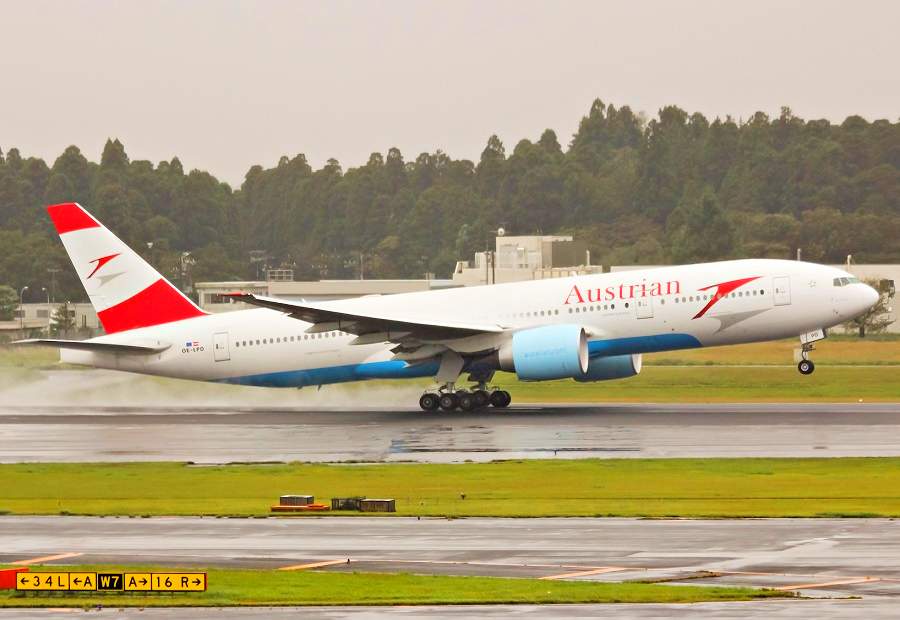
Then about an hour and fifteen minutes after departure, the flight crew decided to return to Vienna. They were over the North Sea at the time, between the Netherlands and the UK. The reason was that out of eight lavatories on board, five were defective. Again, there is no information about the number of people on board. But this was a Boeing 777-200ER (reg. OE-LPA, 26 years old) with seats for 330 passengers.
The Austrian flight returned and landed safely, and was later cancelled altogether. But as frustrating as it might have been, this aircraft lavatory wasn’t as bad as an event that happened last August. This was a Delta Air Lines flight (DL-211) that we looked at, shortly after it happened. The NTSB has recently published its final report on it.

This flight was from Prague Vaclav Havel Airport (LKPR) in Czechia, to John F. Kennedy International (KJFK) in the U.S. As their aircraft (Boeing 767-300ER, reg. N181DN) passed Greenland, the crew was informed of the lavatory problem. This involved a leak in the two mid-cabin lavatories. But soon afterward, the aircraft’s EICAS screen displayed a CAUTION message about the autopilot.
Freezing Water!
The crew eventually realized that they had almost no aileron control over the aircraft. It would later transpire that the issue had to do with an error that a maintenance crew had made earlier. Engineers had replaced the forward and aft lavatory drain mast heaters of this aircraft. But afterward, they left the circuit breakers of these systems in the open (off) position. These circuit breakers (CBs) were in the electronic equipment bay.
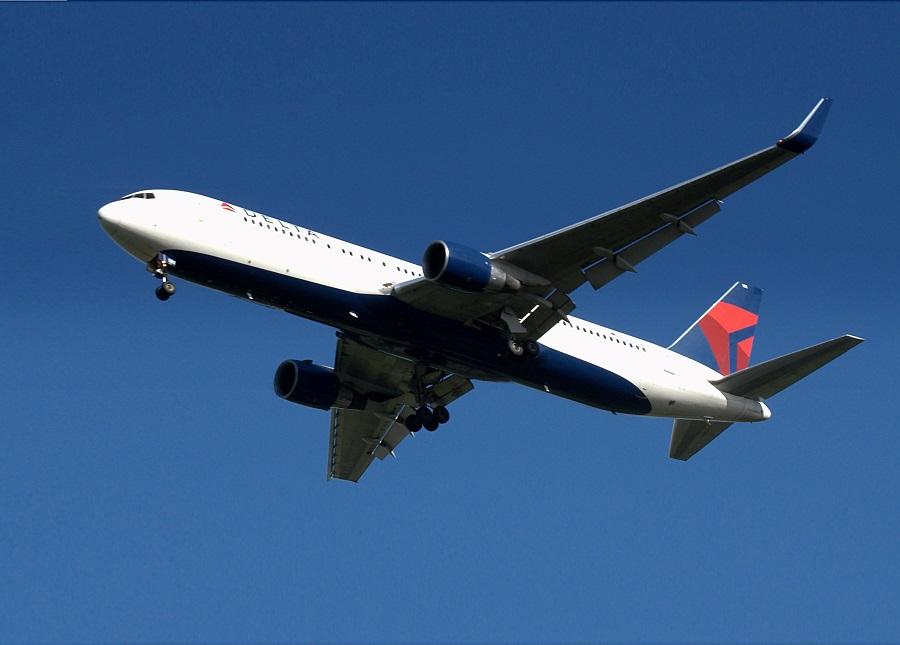
With the lavatory drain mast heaters out of action, it seems that ice formed in the forward drain mast of the aircraft. This caused the initial flooding. But according to the NTSB report, “the water likely traveled into and drained through the canted pressure bulkhead in the vicinity of aileron control system components located within the main landing gear wheel well. The water likely froze on one or more of the components which led to the pilots’ limited control of the ailerons.”
Given the lavatory issue that came immediately before, the pilots suspected that ice was the cause of the control problems they had with the aircraft. So after deciding to divert, they decided to descend to 9,000 feet, where the outside temperature would be above freezing.
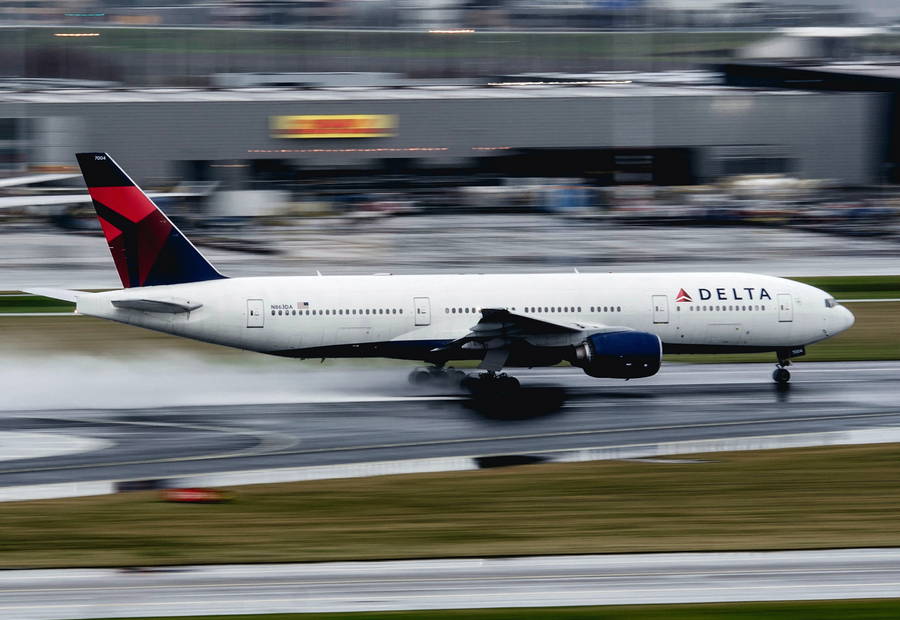
As they descended below 12,000 feet, the Delta crew felt a “jolt”, after which they had full control over their ailerons. They subsequently decided to continue to JFK, where they landed safely. The NTSB and Boeing were unable to determine which specific parts froze over, jamming the ailerons.



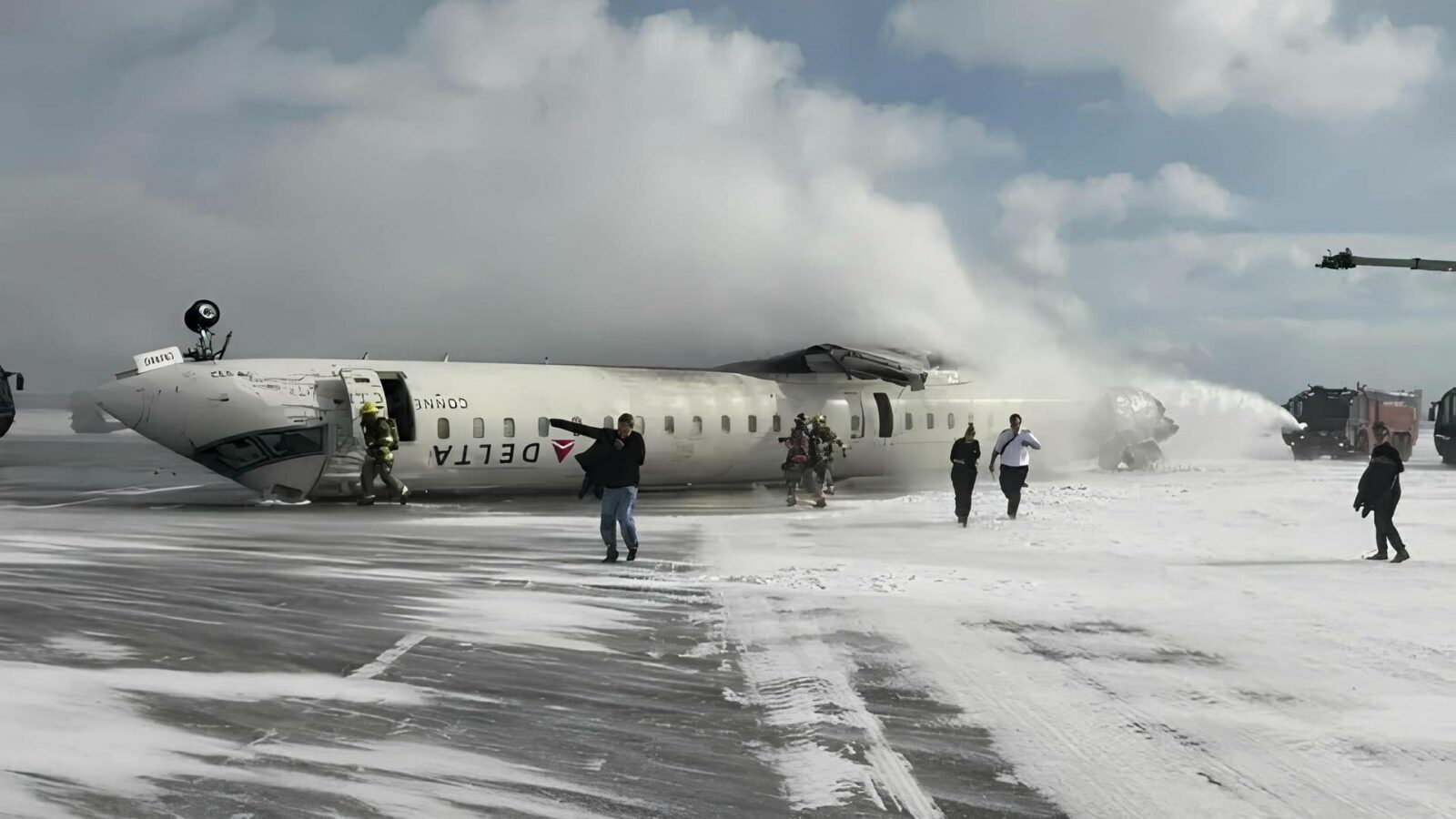
2 comments
Brandi
Is it really bad that this article made me laugh?🧐🤣
Marco
Lol